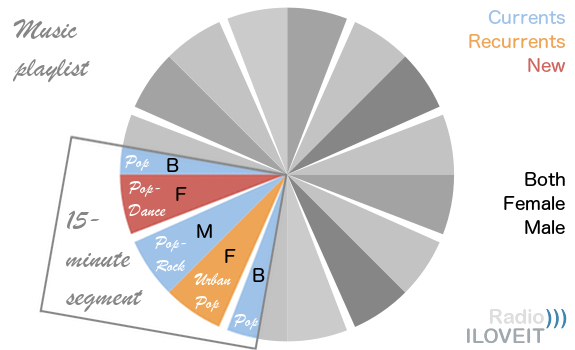12 CHR Music Format Clocks You Can Adjust & Apply Today [Download]
by Thomas Giger of www.radioiloveit.com
As a music director, you’re busy dealing with programming & music meetings, record labels, station events, and — last, but not least — your daily music scheduling duties, including at least an hour of manually tweaking a prescheduled log. You might be doing that for several stations in your cluster. One of your long-term goals may be to revisit your format clocks to optimise your music flow, but what if you can’t find the time? Use us as a resource! Below you’ll find 12 CHR music format clocks that you can download for free.
‘Have a recognisable rhythm & flow’

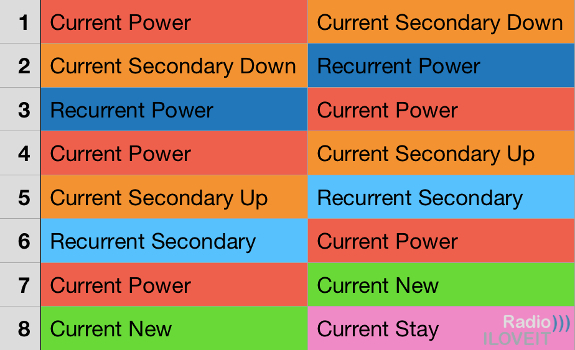
This CHR format is focused on newer hit songs of less than 1 year of age in a 2:1 ratio compared to older hit songs of between 1 and 3 years of age (format & image: Thomas Giger)
Distinguish your music categories
In case you do have a few minutes :-), I’m happy to share which thoughts have led to these Top 40 radio format clocks for CHR music scheduling. First of all, you’d want to clearly define your song categories. I always stick to the essential ones, and make sure that every single category has one theme only. Our music format clock for Contemporary Hit Radio therefore includes the following music categories based on the typical hit song life cycle:
Categories for newer hit songs:
- Current New: a new release with potential to become more familiar & popular
- Current Secondary Up: a current hit that is becoming more familiar & popular
- Current Power: a current hit that is very familiar & popular (and now at its peak)
- Current Secondary Down: a current hit that is familiar, but becoming less popular
Categories for older hit songs:
- Current Stay: a current hit that is very familiar & popular, but a bit older (up to 12 months)
- Recurrent Power: a recent hit that is very familiar & popular, but a bit older (12-36 months)
- Recurrent Secondary: a recent hit that is pretty familiar & popular, but a bit older (12-36 months)
Choose your format boundaries
You’ll notice there are no Golds, as I believe that a pure CHR station (for which I designed this format) should be playing 100% currents. I know, there are several Top 40 stations playing some classics, including very successful ones. I’ve been to LA last April, and heard Shakira’s Hips Don’t Lie (2006) and Justin Timberlake’s Rock Your Body (2003) on 102.7 KIIS FM with just a 33-minute separation. There’s basically nothing against adding spice, and throwback songs are one way of achieving it. But from a brand image point of view, I wonder whether a real CHR should play tracks that are 11 and 14 years old — even when they test well for the higher end of its (typically 18-34 year-old) target demographic.
Yes, a 34-year-old was 23 when Shakira topped the charts, and might have discovered that song while listening to KIIS back then (still being loyal to the station now). But someone who is 23 now might perceive it as an older song. Sure, it makes sense to reward the older end (with the greatest spending power) of your 18-34 demo. But on the other hand, also (Hot) ACs are playing Hips Don’t Lie. Shouldn’t a Top 40 play what listener expect — Top 40 — and nothing else? (Exceptions: tomorrow’s hits, and recurrents that sound & feel current. New songs add freshness; recurrents add (familiarity and) balance. When Dance and R&B dominate the charts, Pop and Rock recurrents make the variety.)
Deliver your format promise
A good music clock should have a recognisable rhythm & flow, representing your format proposition in a very short amount of time. Therefore, this format clock is based on 2 contemporary songs versus 1 older song, in a steady rhythm of ‘now, now, then; now, now, then’. The station’s music core consists of power & secondary currents, which are always tied together to support the station image for hit music. Because there is just 1 older song in between them, the station sounds very much like ‘now’. When tuning in during a music sweep, the listener will usually hear one of today’s hottest tracks within 10 minutes. Once an hour, a new song is featured on the position where normally a secondary current is being played. (Both are relatively new songs, and both are not at their popularity peak.)
To maintain your current hit image, reviewing all categories on a weekly basis (and cleaning them up on a monthly basis) is mandatory. When you do music research where you not only test power & secondary currents through weekly callouts or online panels, but also (a part of) your Stay Current and Recurrent library, then you’ll be able to do this well. It allows you to only keep songs in rotation that listeners really want to hear. When you want a strong image for current music; really want to be the (#1) Hit Music Station in the market, set an age limit for music you play (such as 3 years). Anything older would really have to test ‘through the roof’ for you to keep on spinning it. Below is a representation of Clock A:
‘Create an uneven rotation pattern’


A power current category of 7 songs in combination with this clock creates a song rotation pattern across multiple days for a good song spread (format & image: Thomas Giger)
Ensure your music familiarity
To schedule weaker songs in between stronger tracks, a secondary current (or a new song; close to a secondary current in terms of age) is mostly followed by a power recurrent (or a stay current). The only ‘weak spot’ in this format might be that, maximum twice an hour, a secondary current is followed by a secondary recurrent. But that secondary current is always on the way up! A great new song (which is already a bit familiar) always sounds fresh and exciting, so listeners may be more likely to accept the (bit older-sounding) secondary recurrent, also because that is always followed by a power current. A secondary current on its way down is followed by a strong song in the form of a power recurrent. (Playing a secondary current on its way down and a recurrent back-to-back is not perfect, but should be no problem if the most often-played currents are rested for a few weeks before they’re moved to recurrents.)
Maintain your age balance
That we’ve chosen to separate secondary currents between those on their way up vs. down has other benefits as well. It allows us to keep secondary currents that are on their way up away from new currents (as both are new songs, even if there’s a difference in familiarity that justifies separate categories). Furthermore we can ensure that every hour includes a certain amount of say rising vs. falling stars in our contemporary hit repertoire. Otherwise, every hour could be sounding different; one hour might be full of relatively new songs, another of relatively old ones. This format makes sure that secondary currents on their way up vs. down are balanced with both categories alternately appearing twice an hour. (Same thing goes for power vs. secondary recurrents.)
Fill your categories strategically
This format clock is built for high rotation of limited numbers of A songs; common practice in competitive markets, and designed to hold 6 or more songs in Power Current. It allows songs to travel through every other category slot within the following hours, before being scheduled in the same category slot again. A category of 6 power currents would naturally rotate these songs through all 4 other positions before reappearing in the original place (6 hours later). However, 7 songs would be better, because then it takes 7 hours before all songs fall into the same slots. It will create an uneven rotation pattern that moves through several different dayparts & days, as 24 hours / 7 hours = 3.4 hours (uneven number).
‘Integrate with your main music formats’

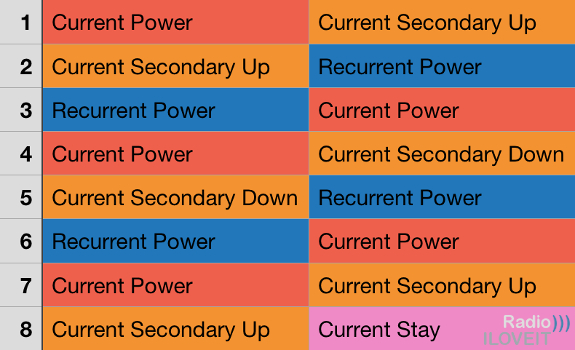
Not hindered by a completely different morning show clock, your music scheduling software has a better chance of creating nice rotation patterns for your songs (format & image: Thomas Giger)
Format your morning show
Your breakfast show is obviously one of your key time slots, therefore they deserve to have their own set of clocks. You probably have much more spoken content (as well as longer commercial breaks) during those hours, and you may want to play only strong songs during morning show hours. We’ve created an alternate version of each of the 6 main format clocks, allowing you to showcase only familiar & popular songs in morning drive, based on the following:
Categories for newer hit songs:
- Current Secondary Up (included for freshness)
- Current Power
- Current Secondary Down
Categories for older hit songs:
- Current Stay
- Recurrent Power
Follow your main structure
These morning show clocks fit the overall station format with contemporary vs. recent hit songs in their 2:1 ratio, and once again a recognisable rhythm & flow of ‘now; now; then, now; now; then’. The difference is that all categories within the morning show format clock are either a best-testing track — power current, power recurrent or stay current — or a secondary song that is at least familiar to some degree. These morning hot clocks include 2 secondary currents on their way up, which are still gaining familiarity but are great for freshness, and 1 secondary current on its way down, which is usually a very familiar one (as it’s either a former power current or a former secondary current that was on its way up).
Rotate your format clocks
Apart from rotating your songs, you want to rotate your clocks, which helps you create a consistent flow throughout several days and weeks. You’ll notice that morning show Clock AM (‘M’ for Morning’) is based on main Clock A; Clock BM on Clock B, and so forth. It will integrate your breakfast music format with your main music format. Listeners should feel an ongoing music flow from early mornings all the way through morning drive and office hours. And not hindered by a completely different morning show clock, your music scheduling software has a better chance of creating nice song rotation patterns over the course of multiple days. Here’s a representation of Clock AM:

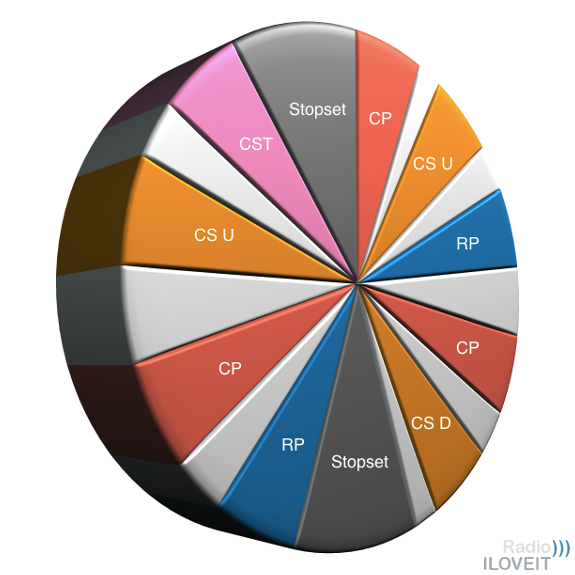
This morning show format clock is based on the main station format clock, but adjusted to a greater amount of speech and a higher load of commercials (format & image: Thomas Giger)
… and here you can see (a part of) the clock grid that unites all 12 music formats in one flow:

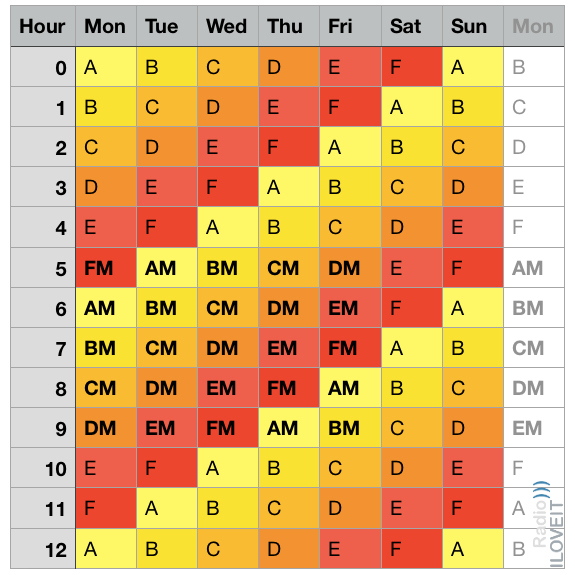
It will take 6 weeks until the same clocks appear in the same hours (format & image: Thomas Giger)
Downloads:
- CHR Music Format Clocks for Apple Numbers (.numbers)
- CHR Music Format Clocks for Microsoft Excel (.xlsx)
 Thomas Giger is a European radio broadcasting specialist and publisher of Radio))) ILOVEIT, based in the Netherlands, and serving the radio industry worldwide.
Thomas Giger is a European radio broadcasting specialist and publisher of Radio))) ILOVEIT, based in the Netherlands, and serving the radio industry worldwide.
Please fill out this form and we’ll reach out right away to schedule your demo.

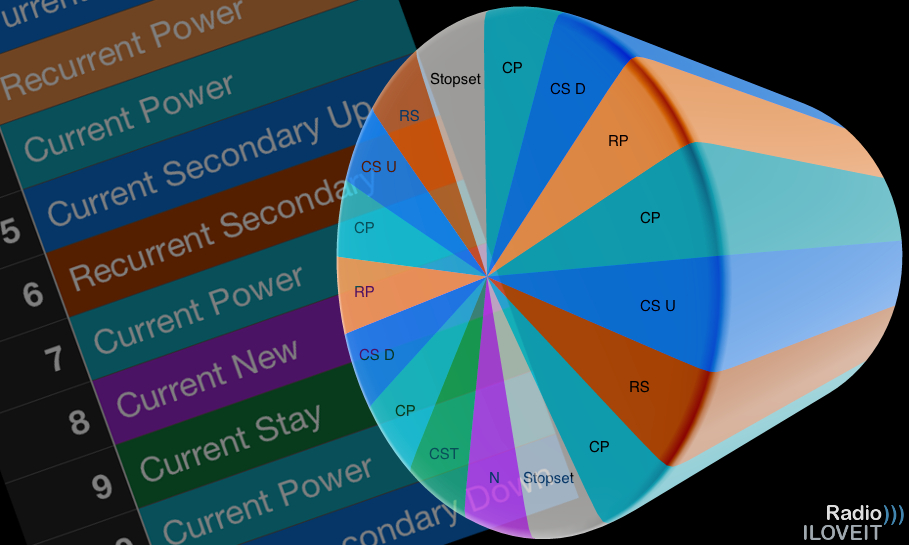
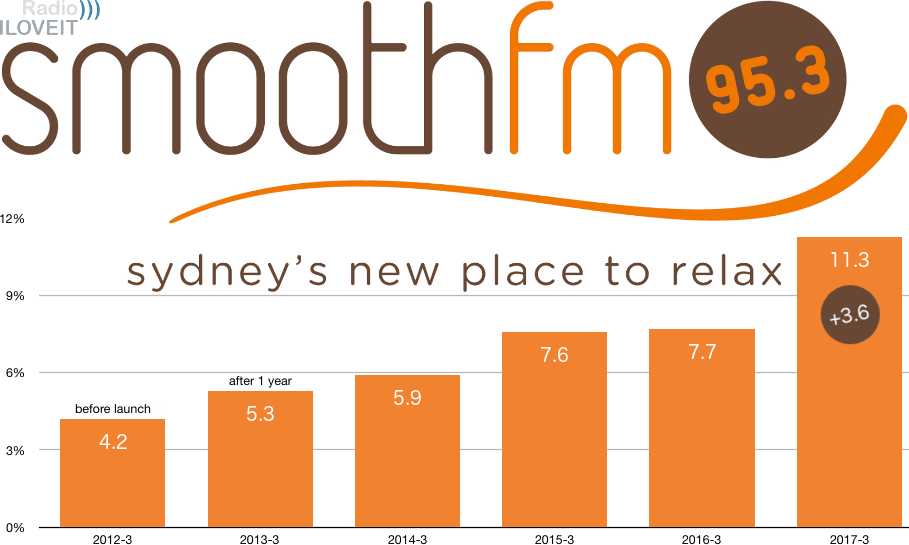

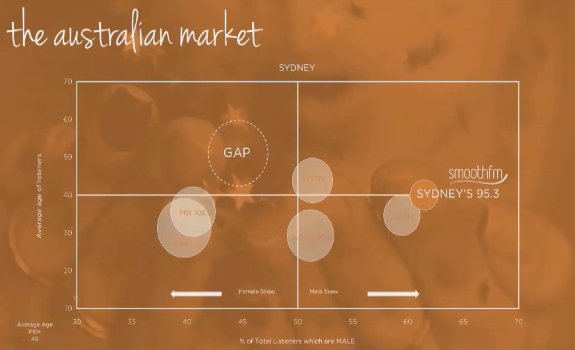


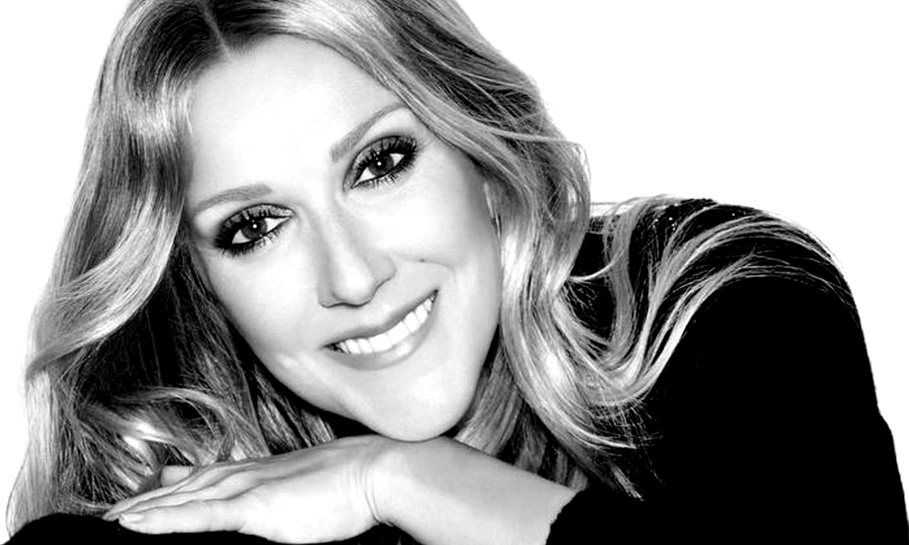

 France has a less complex rule: 40% of all music has to be in French language, half of which has to be made by new artists. A collective radio industry push for more workable guidelines finally seems to be gaining traction. Politicians are willing to
France has a less complex rule: 40% of all music has to be in French language, half of which has to be made by new artists. A collective radio industry push for more workable guidelines finally seems to be gaining traction. Politicians are willing to 
 You can get instrumental versions from record companies, or edit song intros into music beds, and run these underneath the interview. In addition, you can create talk-over beds for jocks, made from instrumental parts of popular quota-matching songs edited together, or use hooks from these songs in your music promos and format explainers. That’s a lot more quota minutes!
You can get instrumental versions from record companies, or edit song intros into music beds, and run these underneath the interview. In addition, you can create talk-over beds for jocks, made from instrumental parts of popular quota-matching songs edited together, or use hooks from these songs in your music promos and format explainers. That’s a lot more quota minutes!
 You can edit (primary) quota songs into a longer version by looping instrumental parts and repeating hook & chorus parts. A simple 1-minute extended version per (primary) quota song could add up to several extra quota minutes an hour. When you do it artistically, the artists and labels should be okay with it, as they’ll receive more song exposure.
You can edit (primary) quota songs into a longer version by looping instrumental parts and repeating hook & chorus parts. A simple 1-minute extended version per (primary) quota song could add up to several extra quota minutes an hour. When you do it artistically, the artists and labels should be okay with it, as they’ll receive more song exposure.
 You can sell multiple international songs as one item. Some CHR stations in Canada are running a ‘Six Pack’ where they play 6 English songs back to back, but mixed together — which, according to the letter of the law, counts as just 1 English track. This way, they have to play fewer French songs to make the station’s music quota that day.
You can sell multiple international songs as one item. Some CHR stations in Canada are running a ‘Six Pack’ where they play 6 English songs back to back, but mixed together — which, according to the letter of the law, counts as just 1 English track. This way, they have to play fewer French songs to make the station’s music quota that day.


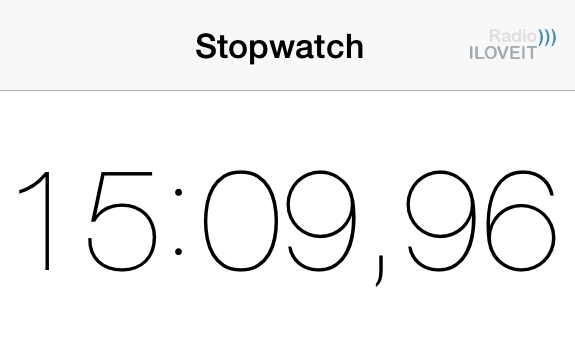

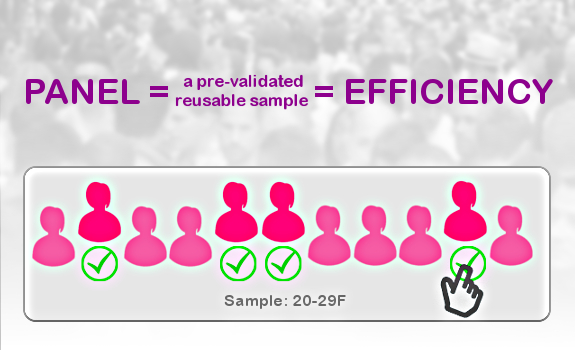



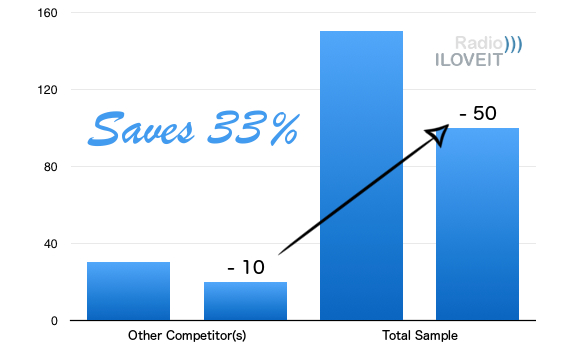

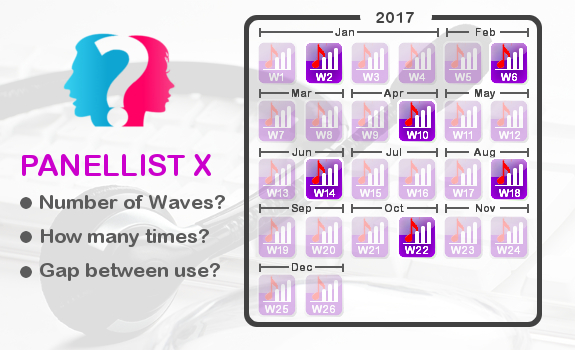

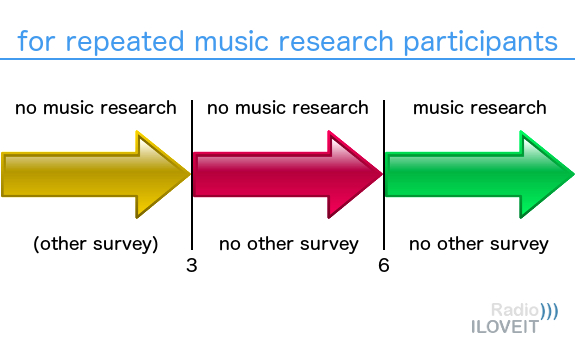

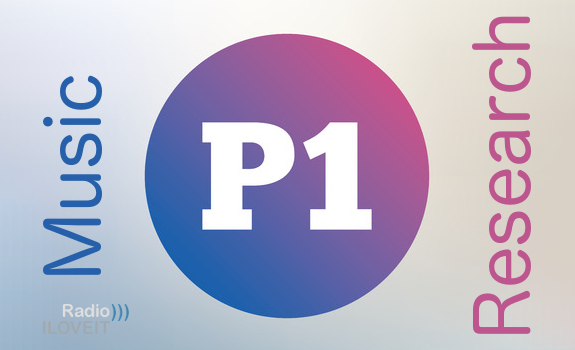


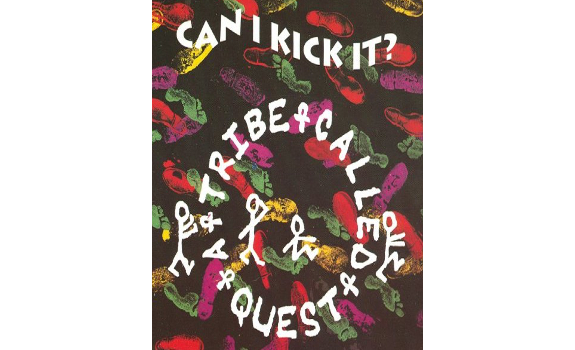
 DESIGN FORMATS IN SPREADSHEETS
DESIGN FORMATS IN SPREADSHEETS
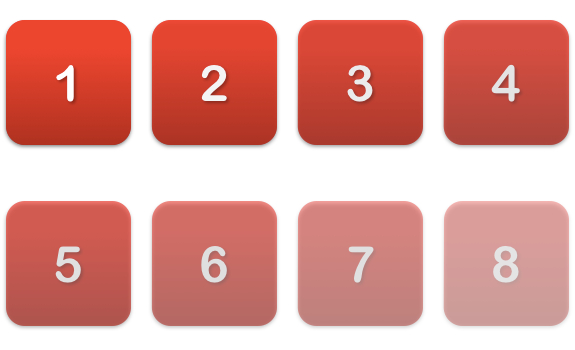
 USE PASSION AS CRITERIUM
USE PASSION AS CRITERIUM

 KEEP PRIME-TIME PLAYLISTS FAMILIAR
KEEP PRIME-TIME PLAYLISTS FAMILIAR
